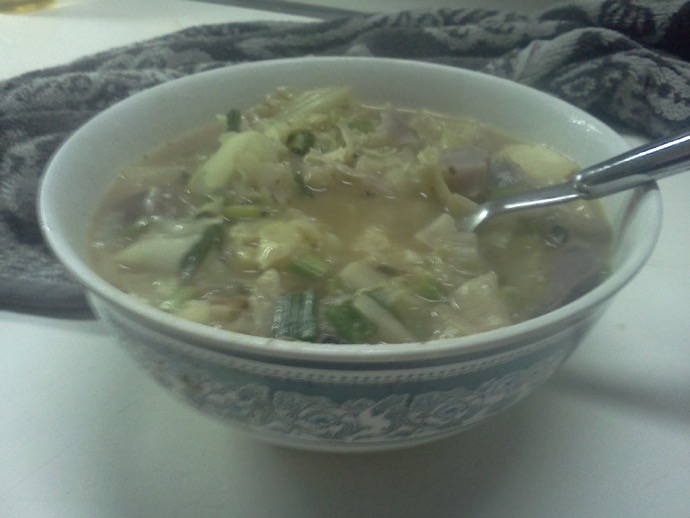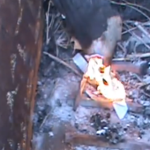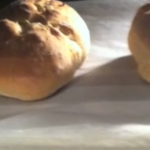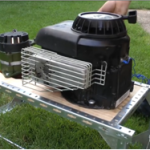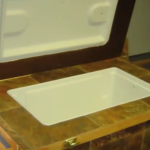Do You Want to Feast on These Great Depression Foods?

We all know that food supplies and options during the great depression were extremely limited. Not only that, but prices for some of the most basic items were beyond the reach of a significant portion of the population. As a result, menu choices were simple at best, and many of them lacked a certain amount of variety that we are accustomed today. Of course, many people didn’t have the opportunity or the means to prepare and store food for the long-term like we do today as well. Let’s take a look at some examples of what they had to eat in order to reinforce the importance of stocking up for a rainy day now.
Breads

Bread products were a staple during the depression, and they were used alone or in conjunction with some pretty interesting combinations to put food on the table. Some of them are still around today, as these quick fixes were passed down from previous generations. Things like milk toast, chipped beef and bread, pancakes cooked in boiling water, ketchup, mayonnaise and cucumber sandwiches were common. American cheese and bread were also popular because it was cheap to make and you didn’t need refrigeration. What is missing from the list is a lot of sandwiches and different varieties of bread. Think white bread, and the quality would have been questionable at best as well.
Meats
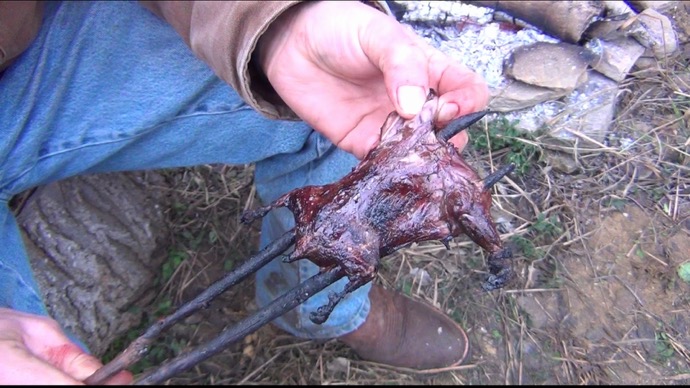
Most meats in the depression were either scraps or very small portions of beef, chicken or goat products. Many people ate road kill or small vermin that we wouldn’t consider eating today. Gopher, raccoon, rabbit, squirrel and possum were common in depression-era diets. Chances are that we would be forced to eat similar meats if and when we face an economic collapse in the future as well.
Things like livers, kidneys, brains and even entrails were common meat products. In fact, hot dogs, sausages and bologna were popular during the depression as a way to combine “waste” meats and make them palatable.
Veggies

There was a substantial lack of choice in terms of produce. This made malnutrition, and the ill-health effects associated with not eating properly a big problem. Potatoes, carrots and spinach were common depression-era veggies, along with tomatoes and cucumbers. Keep in mind that veggies were also seasonal, and getting them from farms to cooler climates in the off-season was a huge challenge. Consequently, many people did without during the depression.
Soups
Soups were basic and full of things like cabbage and potatoes as a way to offset the lack of other tasty ingredients. One of the most memorable was rag soup. This was basically macaroni, some broth and spinach. People also used to make a lot of much and porridge out of what they had laying around. Cornmeal, rice and water or milk or cream of mushroom soup was common.
Keep in mind that people who were lucky to have land that wasn’t part of the dust bowl could grow their own crops and even keep small amounts of chicken or livestock. However, those in urban areas were more likely to be found scrounging for items that were hard to obtain. Soup and bread lines were common, and even the simplest of meats would be very expensive.
Remember that the more you prepare now will help you to avoid being forced to limit your diet and take extreme measures to feed your family. Take advantage of all the food storage options that you have at your disposal in order to at least have a fighting chance of weathering an economic collapse or food shortage.


